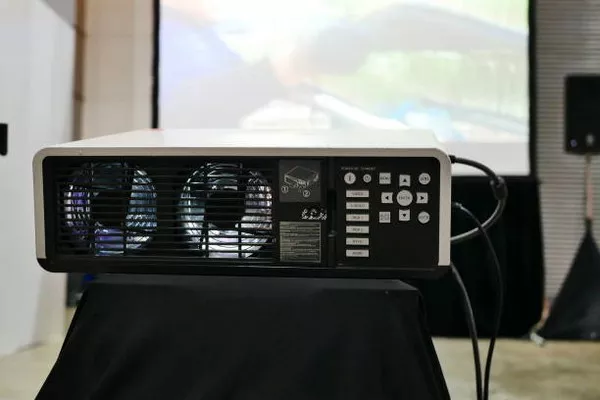In regions prone to power outages or for individuals seeking to enhance their emergency preparedness, investing in a generator is a prudent decision. However, determining the appropriate size generator to power essential appliances, particularly central air conditioning (AC) units, is crucial for ensuring efficient and reliable operation. In this article, we delve into the considerations and factors involved in selecting the right size generator to run a central AC system effectively.
Understanding Generator Sizing:
Generator sizing is primarily determined by the electrical load it needs to support. For central AC units, this load is typically measured in terms of the unit’s starting (surge) and running (continuous) wattage requirements. Central AC units have a significantly higher starting wattage due to the initial surge of power needed to kickstart the compressor and fan motors.
Factors Influencing Generator Size:
Several key factors influence the size of the generator required to run a central AC system efficiently:
AC Unit Specifications: Begin by identifying the exact power requirements of your central AC unit. This information can usually be found on the unit’s nameplate or in the manufacturer’s documentation. Pay close attention to both the starting wattage (often listed as “maximum” or “startup” watts) and the running wattage (also known as “continuous” or “rated” watts).
Type and Size of AC Unit: The size and type of your central AC unit significantly impact the generator size needed. Larger units with higher cooling capacities generally require more power to start and run compared to smaller units.
Climate Considerations: Climate plays a crucial role in determining the frequency and duration of AC usage. In hotter climates, AC units may need to run more frequently and for longer durations, necessitating a larger generator to meet the increased demand.
Load Diversity: Consider the simultaneous operation of other electrical appliances and devices alongside the central AC unit. The generator must have sufficient capacity to handle the combined load without overloading.
Efficiency Ratings: Newer central AC units often boast higher energy efficiency ratings, which can impact their power consumption. Ensure that your generator sizing accounts for the efficiency of your AC unit to avoid overestimating the required capacity.
Calculating Generator Size:
Once you have gathered the necessary information regarding your central AC unit’s power requirements, you can proceed to calculate the appropriate generator size. Follow these steps to determine the generator capacity needed:
Determine Starting Wattage: Identify the starting wattage (surge wattage) of your central AC unit. This is crucial for sizing the generator correctly, as it represents the peak power demand during startup.
Account for Running Wattage: Next, determine the running wattage (continuous wattage) of your AC unit. This value indicates the power required to sustain the unit’s operation once it has started.
Consider Other Loads: Factor in the simultaneous operation of other essential appliances and devices that will be powered by the generator. Sum up the wattages of these additional loads to obtain the total electrical load.
Calculate Total Generator Size: Add the starting wattage of the AC unit to the total running wattage of all other loads. The resulting sum represents the minimum generator size required to support the combined electrical load.
Consider Safety Margins: It is advisable to incorporate a safety margin of 10-20% above the calculated generator size to accommodate any unexpected power spikes or additional loads that may arise.
Example Scenario:
Let’s consider an example to illustrate the generator sizing process:
- Central AC Unit: Starting wattage = 3,500 watts, Running wattage = 1,200 watts
- Additional Loads: Refrigerator (700 watts), Lights (300 watts), Television (150 watts)
Based on the calculations:
- Total Electrical Load: (3,500 watts + 1,200 watts) + (700 watts + 300 watts + 150 watts) = 5,850 watts
- Generator Size (with 20% Safety Margin): 5,850 watts + (0.20 x 5,850 watts) = 7,020 watts
In this scenario, a generator with a minimum capacity of 7,020 watts (or approximately 7 kW) would be required to power the central AC unit and additional essential loads simultaneously.
See Also How Long Can A Generator Run On Propane
Conclusion:
Choosing the right size generator to run a central AC system is essential for ensuring reliable and efficient operation, especially during power outages or emergencies. By considering factors such as AC unit specifications, climate conditions, load diversity, and efficiency ratings, individuals can accurately calculate the generator size needed to meet their specific requirements. By following the guidelines outlined in this article, homeowners can make informed decisions regarding generator sizing and ensure uninterrupted comfort and convenience during electrical disruptions.

